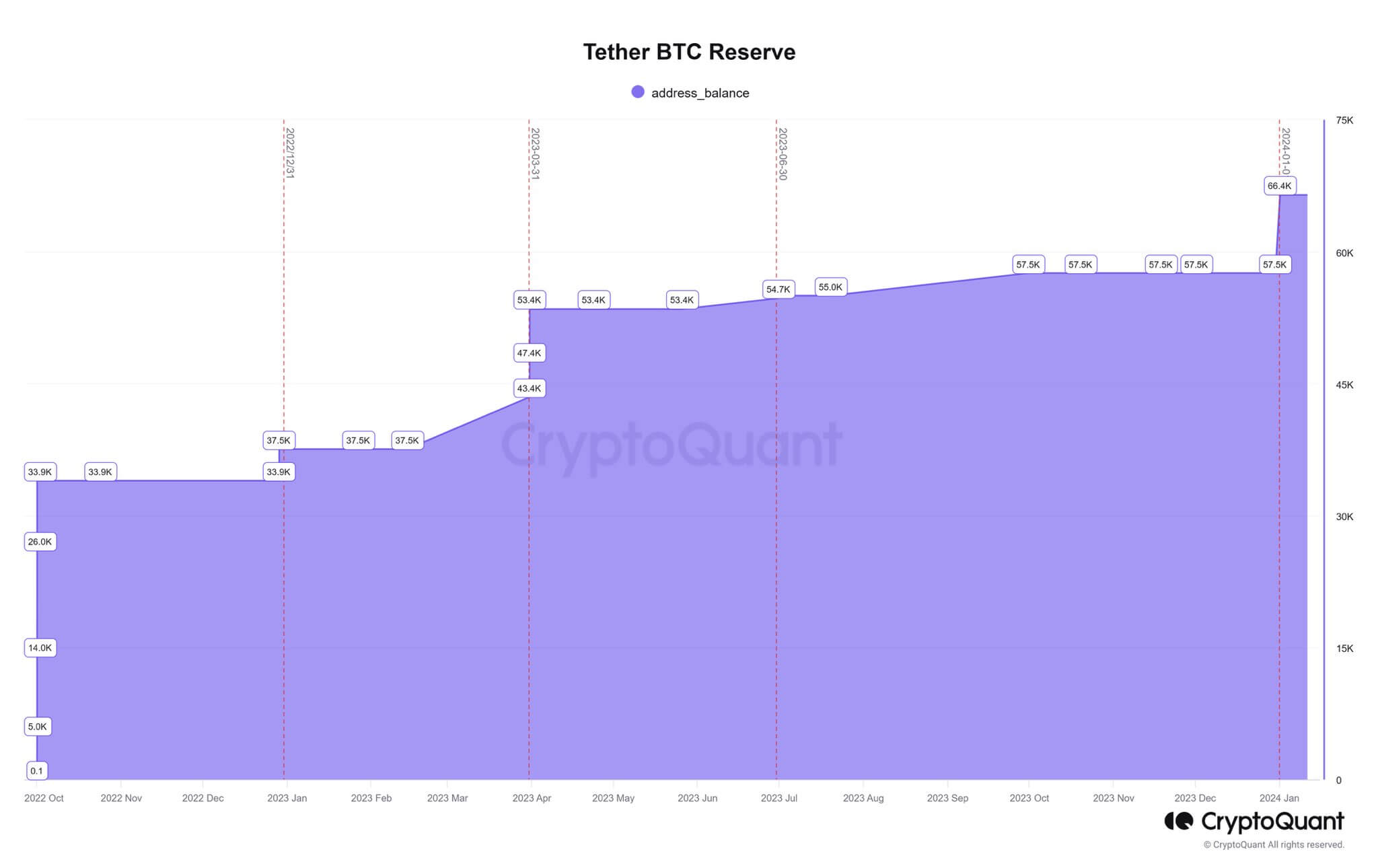Ethereum's lackluster performance has little to do with spot ETH ETF approval
The Ethereum spot exchange-traded fund (ETF) was approved by the U.S. Securities and Exchange Commission (SEC) on May 23. Despite this long-awaited decision, the price of Ether (ETH) failed to hold above $3,800 on May 24, which was surprising given that ETH was trading at $3,943 just two days earlier. The market had been uncertain about the approval odds, so the decision, particularly its timing, caught many off guard.
Ethereum is still 24% below its all-time high
Some market participants quickly pointed out that the SEC has not yet approved the individual S-1 statements from each issuer, a process that could take weeks or months. This delay, among other factors, is hindering Ether’s performance, including the network's stagnant growth, relatively high transaction fees, and regulatory uncertainty in the U.S.
Some of the recent profit-taking likely resulted from the anticipation of the spot ETF's approval, which triggered a 23% rally on May 20, an event often termed "sell the news." Traders bought ETH expecting the official announcement, especially after the SEC reportedly urged exchanges like the NYSE and Nasdaq to expedite their 19b-4 filings on May 20.
Despite the hype surrounding the spot ETF approval, Ether remains 24% below its all-time high of $4,868 from November 2021, indicating that the enthusiasm was insufficient to propel Ether's market capitalization beyond the current $445 billion. Notably, Bitcoin (BTC) is trading just 7% below its all-time high from March 2024, suggesting that other factors are constraining Ether’s performance.
Ethereum network metrics show no signs of improvement
Over the past 30 days, the Ethereum network's usage metrics have shown a lack of growth in decentralized applications (DApps) volumes and deposits.

The total value locked (TVL) in the Ethereum network declined by 6% after reaching a peak of 18.3 million ETH on May 16. This metric does not consider DApps that do not require a large deposit base, such as non-fungible token (NFT) marketplaces, games, social networks, and collectibles. A detailed examination of the network’s leading applications reveals a significant volume concentration in Uniswap, the top decentralized exchange (DEX).

Moreover, seven of the top ten Ethereum DApps, ranked by 30-day volumes, saw a decrease in active addresses. Uniswap, the leader, experienced a 25% drop in activity. Furthermore, several DApps failed to attract more than 4,000 addresses, raising concerns about the total addressable market for this network, especially when competitors offer much lower fees.
Related: Ether ETFs will ‘destroy ethos of crypto,’ says DeFi exec
Issues with arbitrage spur from validators and regulatory uncertainty
Miner-extracted value (MEV) has posed another challenge for Ethereum. This practice, where validators organize transactions within a block to generate profits—such as creating slippage on DEX exchanges or front-running NFT mints—leads to network congestion and higher gas fees.
Ethereum co-founder Vitalik Buterin addressed this issue on May 17, proposing protocol-level controls to reduce the information available to MEV developers, either by separating the validation process from the block’s contents entirely or by limiting the block producer's ability to prioritize certain transactions. Despite Vitalik's efforts, a practical solution is unlikely to emerge in the next few months.
The spot ETF approval is a positive regulatory development, classifying Ether as a digital commodity, according to Paul Grewal, Coinbase’s Chief Legal Officer. However, ongoing regulatory actions against Consensys and the Ethereum Foundation continue to cast a shadow. Some analysts claim that until the SEC signs off the S-1 registration statements, Ether’s classification as a non-security instrument remains an open question.
In April, Consensys received a Wells notice from the SEC concerning MetaMask’s trading and staking services. Moreover, reports by Fortune magazine in March indicated that the regulator was investigating firms with alleged connections to the Ethereum Foundation regarding its staking services, perpetuating the regulatory uncertainty and further affecting Ether’s performance.
This article does not contain investment advice or recommendations. Every investment and trading move involves risk, and readers should conduct their own research when making a decision.



